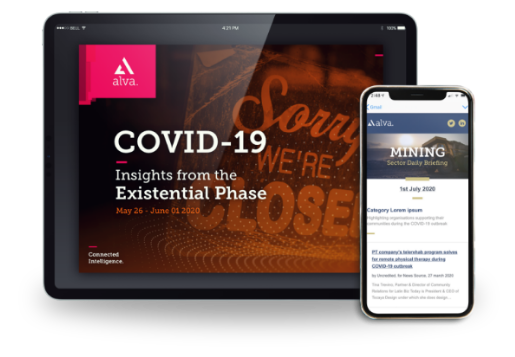The importance of student account planning for retail banks
As A-level students are just starting to thinking about their exams, there is another group who are already turning their thoughts to fresher’s week – high street banks. Over the next couple of months, plans will be drawn up, campaigns will be designed and offers will be finalised all with the aim of attracting the largest share of the student bank account market. But why is this so important? How can banks catch the attention of this audience? And how is this changing?
For many people a student account is their first “grown-up” account, the first that they have control of, free from parental supervision. This represents a fantastic opportunity for banks to gain new customers – and keep them for life. Current account switching is rare, in the UK you are more likely to leave your job or your spouse than your bank. In 2016, only 2% of current accounts were switched. When you also take into consideration the additional products such as loans and mortgages that customers may also buy from their current account providers over the lifetime of their relationship it makes sense that so much effort is put into winning the loyalty of customers at the first opportunity. Student account campaigns are one of the best opportunities for retail banks to grow their customer base, both short and long term.
We looked at the perception of student account offers in the UK back in September 2015 and ranked the various banks against three different criteria – overdrafts, offers and customer service. These first two areas have long been seen as the important factors in attracting new students as shown in many a product comparison article. Devising the perfect combination of overdraft and perks is a careful balancing act of staying competitive without being over-generous. However, communicating these benefits offers more room for creativity and perhaps requires closer attention to the zeitgeist. When you are pitching a product to such a narrow age range year-on-year the shift in media consumption habits is much more pronounced than when you are working with the population as a whole.
This year’s school leavers will have been born in 1998 and 1999. This, by many people’s reckoning, makes them post-millennials: Generation Z. Generation Z is the first truly connected generation, never having known a world before wireless, smartphones and social media. They are always on mobile, use Snapchat and Instagram to communicate and consume video mainly through YouTube (as opposed to TV). To reach the latest tranche of students banks are having to turn to these channels as both HSBC and Nationwide did last year.
Generation Z are very at home with mobile banking, which might make you think that they are more likely to consider a challenger bank than older generations. However, they are also thought to be more concerned about trust and privacy than their millennial counterparts – this could be good news for the established high street banks. Especially, when you consider the surprising finding that they are actually more likely to visit a local branch than other age groups – though how this fits in with widespread branch closures is yet to be seen.
Muddying the waters slightly is the impact of parental influence, a secondary audience that needs to be considered and another factor that may work in the favour of the established brands.
Understanding these audiences and the campaigns that have worked in reaching them is a critical element of the planning process. Research to identify the right channels to use, the best mix of media and the most effective creative is needed to make sure that this once a year opportunity is maximised.
If you are interested in our latest research into the student campaigns that have been best received over the past two years, please contact our Financial Service Business Director:
Julia Sousa
0203 735 9783
Be part of the
Stakeholder Intelligence community









